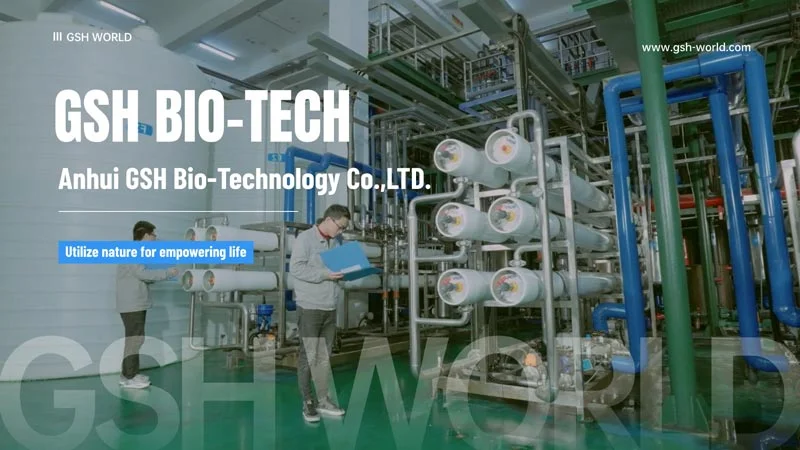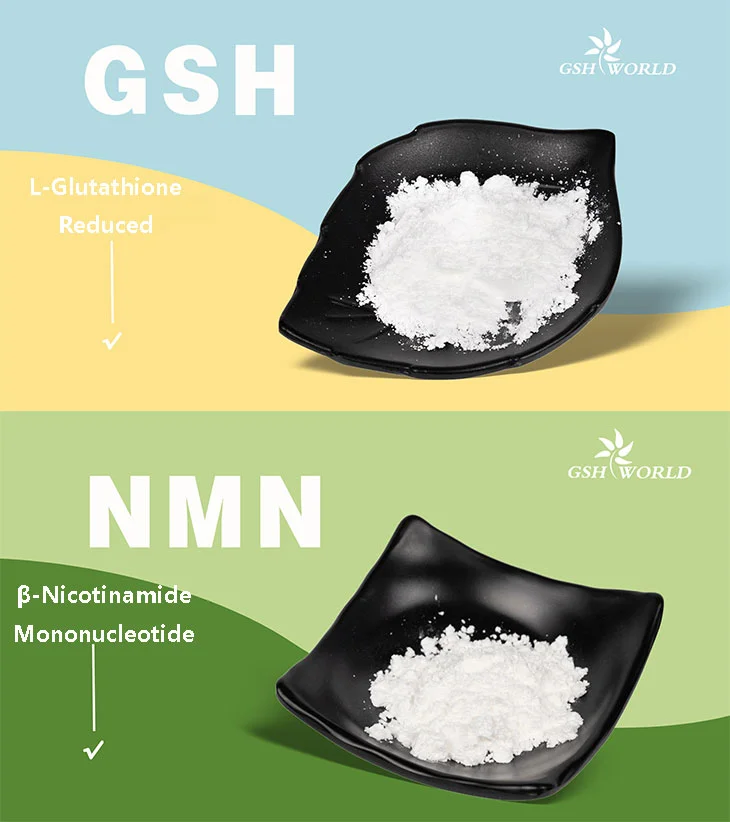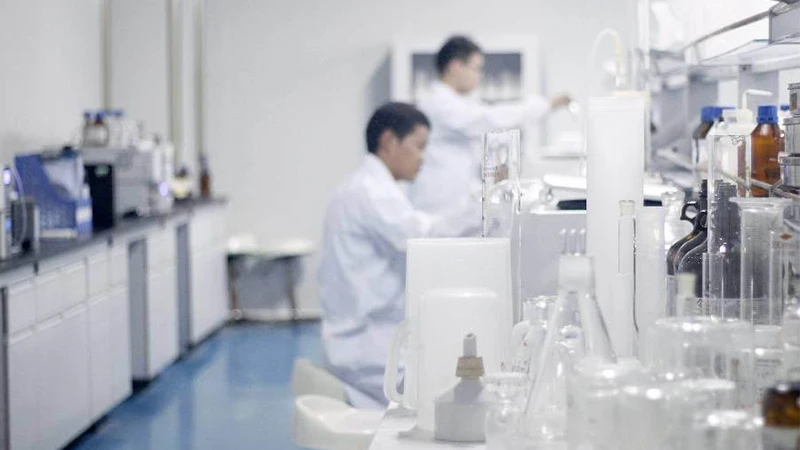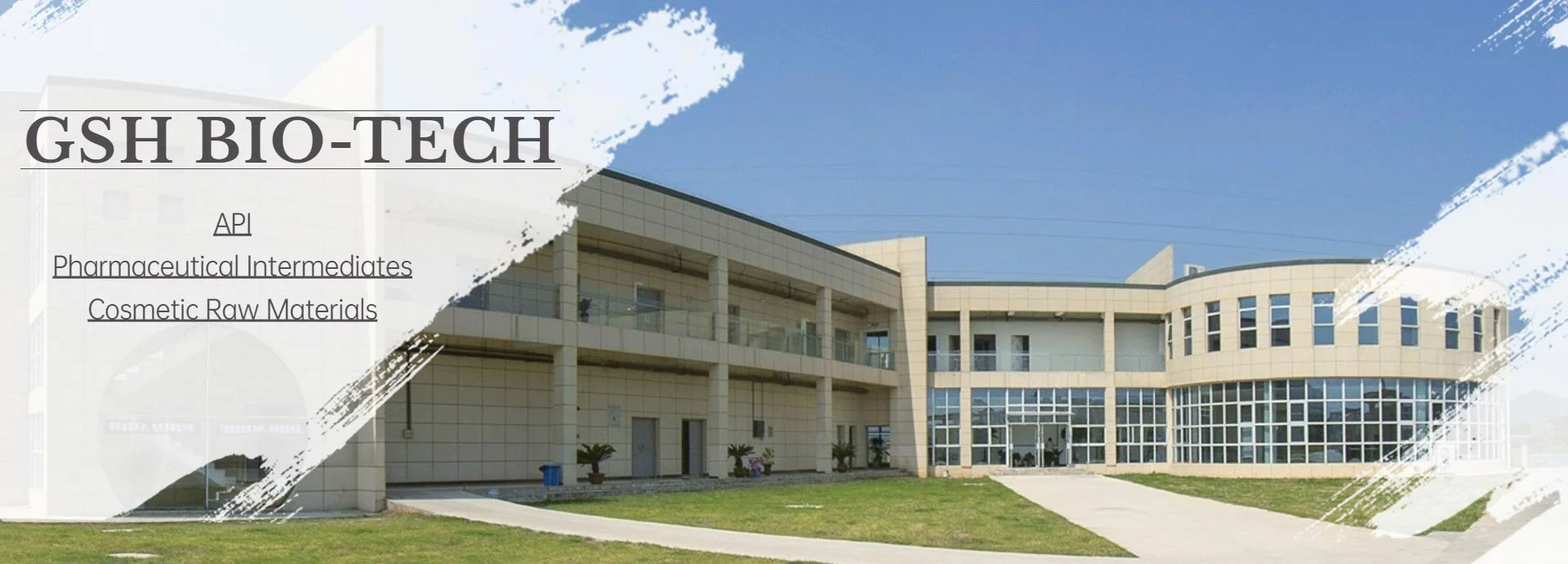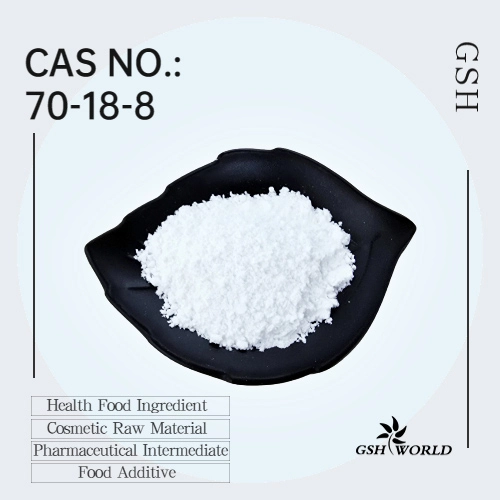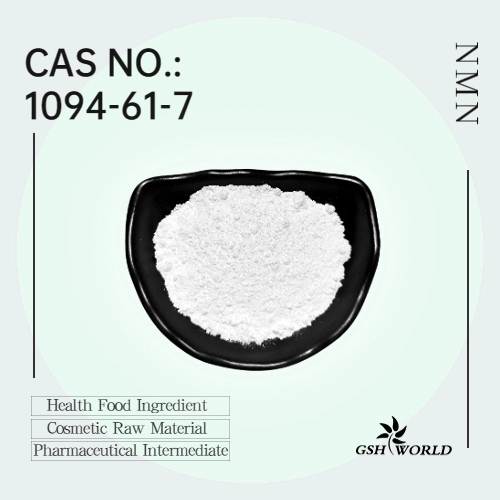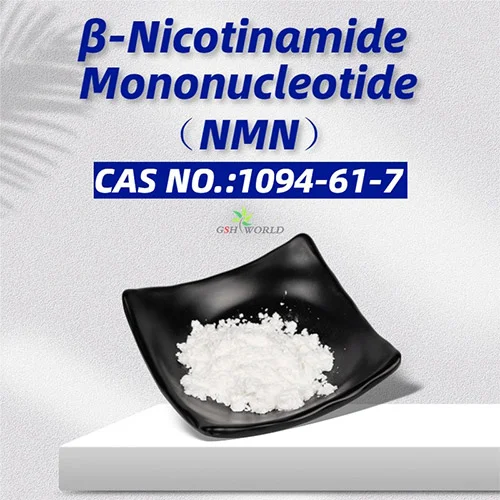The role of glutathione in aquaculture
Glutathione is a tripeptide compound found in all living cells and is a combination of glutamic acid, cystine and glycine. Glutathione has two forms, reduced and oxidized, and the oxidized form is the link of the disulfide bond of its reduced form.
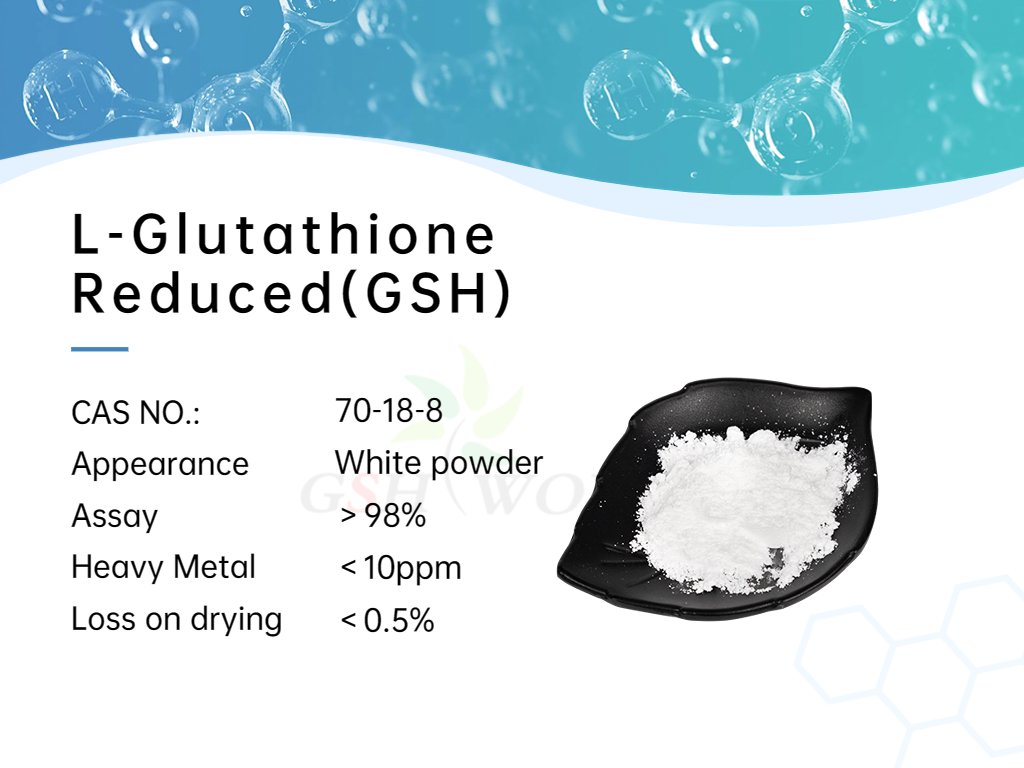
Different from penicillin, glutathione is an innate substance in organisms, and its content is highest in infants and young children, and decreases with age. Glutathione widely exists in nature. Animal liver, yeast and wheat germ are rich in glutathione, the content of which is 1~10mg/g, among which yeast is the most abundant. Blood of humans and animals also contains more glutathione, while the content of glutathione in plant tissues is relatively low.
At present, the production methods of glutathione mainly include solvent extraction, chemical synthesis, enzymatic conversion and fermentation.
Most of the literature on glutathione is clinical medicine, and its main functions are liver protection, anti-oxidation, protection of cell membrane integrity, and detoxification. Glutathione is also used in animal research, especially aquatic research.
Features of the antioxidant defense system of aquatic animals:
The main antioxidant defense system of aquatic animals includes enzyme and non-enzyme systems, and the cooperation of the two can effectively remove free radicals such as active oxygen and nitrogen in the body. Among them, the antioxidant enzyme system mainly includes catalase, superoxide dismutase, glutathione reductase, glutathione peroxidase, glutathione thiol transferase and so on. Non-enzymatic antioxidants mainly include glutathione, VE, VC and some carotene.
Studies have found that non-enzyme antioxidant substances in lower aquatic animals such as fish play a greater role in the body's antioxidant activity than in higher animals (Rudneva L I, 2019). Therefore, glutathione-based non-enzyme antioxidants are more effective in aquatic animals.
A large number of studies have confirmed that proper addition of glutathione to feed can promote the deposition of glutathione in the liver of aquatic animals and at the same time reduce lipid peroxidation.
The researchers found that adding an appropriate amount of glutathione to the diet of Litopenaeus vannamei can improve the antioxidant capacity of the hepatopancreas of Litopenaeus vannamei and reduce the content of lipid peroxides. Adding an appropriate amount of glutathione to the feed of grass carp, the results showed that an appropriate amount of glutathione can increase the deposition of glutathione in the liver and muscle of grass carp, reduce the content of lipid peroxidation products (malondialdehyde, active oxygen) in the tissue, reduce the oxidative damage of cells to a certain extent, and enhance the antioxidant capacity of the body. In 2018, a study found that adding 300-500mg/kg glutathione to the feed can improve the antioxidant performance of the liver of juvenile yellow catfish.
*Special note - This article is for informational purposes only and cannot replace a doctor's treatment diagnosis and advice. It should not be regarded as a recommendation or proof of efficacy of the medical products involved. If it involves disease diagnosis, treatment, and rehabilitation, please be sure to go to a professional medical institution to seek professional advice.
PREVIOUS: How NMN works
by GSHWORLD
GSHWORLD is China Biological API Manufacturer. China Glutathione Supplements powder suppliers & best Glutathione benefits raw material Factory.

